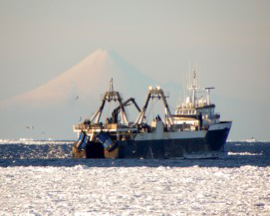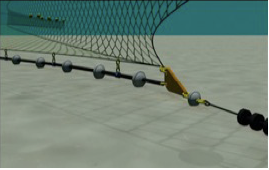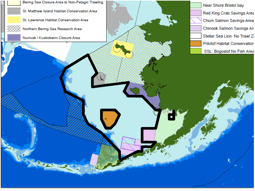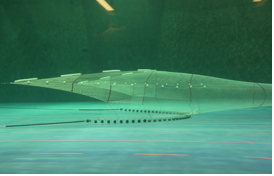| SUMMARY
Protecting the oceans off of Alaska’s coast has been a challenge shared by fishermen, processors, marine scientists and coastal communities for years. The science-based catch share management programs developed to protect these marine ecosystems are now considered some of the best in the world, and they have resulted in several industry initiatives to protect marine habitat. The Bering Sea and Aleutian Islands flatfish fleet, working cooperatively with federal scientists, has almost completely eliminated its impact on crab, sea stars, sea whips, shrimp and other seafloor dwelling species. This collaborative effort started with studies to determine the behavior of fish under different conditions, to understand how to move the fish the fleet is permitted to harvest into the net, and to move the fish they don’t want to catch away from the net. Once the fishermen and scientists understood how to harvest these great schools of fish without harming other marine life, they were able to design fishing gear that did not make significant contact with the seafloor. |
|
Protecting Habitat While Sustainably Harvesting Flatfish to Feed Millions
| The modern trawl gear used to fish Bering Sea and Aleutian Islands flatfish is designed to herd the fish into the net rather than “scoop them up” by dragging along the bottom. This approach to fishing has taken years of collaborative effort to develop, and resulted in many of these fisheries to become certified as “Sustainable” fisheries.
The new gear uses elevating devices and mid-water doors to keep cables off of the seafloor and to create clearance between the net and seafloor dwelling marine life. Studies show that damage to sea whips has been reduced by more than 90% when the fleet uses 8 inch devices, and that impacts on crab are almost completely eliminated. The use of these devices does allow some of the fish that the fleet is harvesting to escape, but everyone involved in this fishery agrees that this is a reasonable trade-off to protect these oceans for decades to come.
|
Flume Tank Test Photo
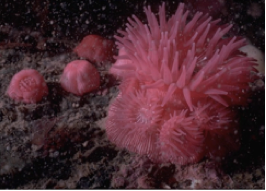 (Below) The objective of this science-based collaboration is to lift the fishing gear off the seafloor and reduce impacts on typical Bering Sea invertebrates and other marine life found on the sand/mud substrates of the Bering Sea shelf. Source: National Marine Fisheries Service.
(Below) The objective of this science-based collaboration is to lift the fishing gear off the seafloor and reduce impacts on typical Bering Sea invertebrates and other marine life found on the sand/mud substrates of the Bering Sea shelf. Source: National Marine Fisheries Service.
|

